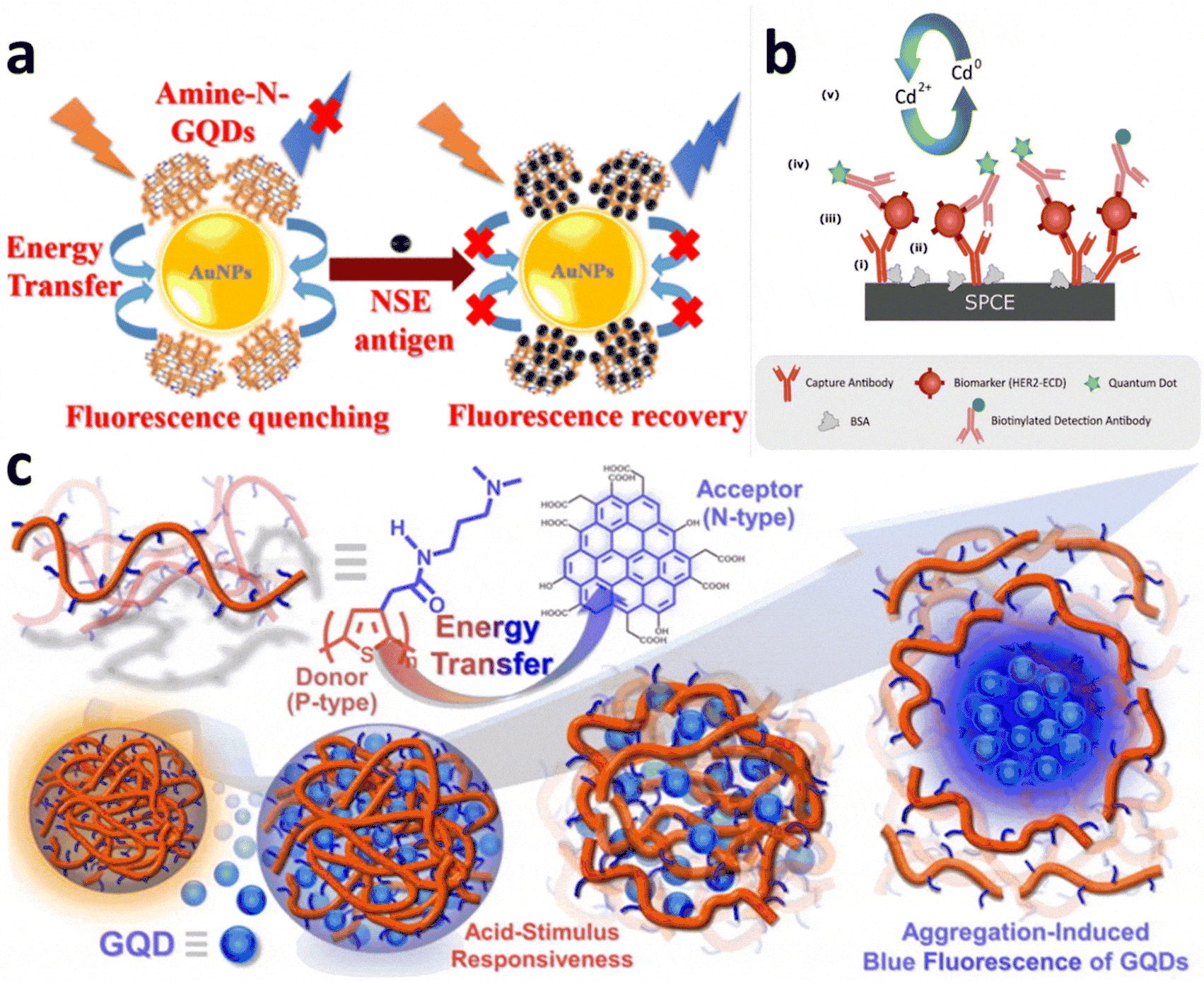The Benefits of Shock Wave Therapy

Shock waves promote blood flow and tissue regeneration, encouraging natural healing responses in an effective and non-painful treatment option.
Up until recently, it was unknown that shock wave force effects can selectively occur at interfaces between various tissues and materials, which allows for deep penetration and breaking up kidney stones.
Pain Relief
Shock wave therapy’s success lies in its ability to stimulate the body’s natural healing processes, such as breaking down scar tissue and bone spurs, thus helping restore movement while relieving pain by creating an environment conducive to healing.
Shockwave therapy offers many advantages for pain management in muscles, joints and soft tissue injuries such as tendinitis or plantar fasciitis. You will lie on a treatment table while an applicator with metal components positioned over your affected area emits soundwaves with either focused or radial waves depending on which machine type and individual needs is selected for therapy.
As pressure waves move through our bodies, they cause small ruptures to form in capillaries that supply injured areas, prompting our bodies to create new blood vessels to repair any damages and increase circulation to deliver oxygen and nutrients directly to injured tissues to promote healing.
ESWT will cause your body to release various chemicals known to control inflammation. These cytokines and chemokines play an essential role in relieving chronic inflammation that damages healthy tissues and inhibits healing processes.
Multiple studies have demonstrated the analgesic properties of ESWT are due to changes in nerve innervation and sensitization of fascial nociceptors. Furthermore, ESWT therapy has also been associated with decreased expressions of CGRP and SP in dorsal root ganglia cells, which act as modulators of pain neurotransmission.
Increased Blood Flow
Shock waves stimulate the body’s natural healing processes and accelerate their repair, helping damaged areas receive more oxygen and nutrients which helps ease pain relief.
As shockwaves cause small ruptures to the capillaries that feed damaged tissues, your body responds by producing new blood vessels at the site of injury to increase oxygen and nutrition flow to that region – particularly useful when healing tendons that typically receive less blood circulation and tend to heal slowly.
Acoustic waves stimulate your body to produce more collagen, strengthening tissues and increasing elasticity to support muscles, bones, and joints. Furthermore, the acoustic waves reduce calcification of tendons – breaking up and eliminating calcium buildup which may cause painful inflammation – through breaking up and eliminating buildup in their structures.
Shock wave therapy is generally safe and effective for most patients, without risk of complications or side effects. Some may experience slight discomfort during or following therapy sessions, however this should pass within a few hours.
Shock wave therapy comes in two varieties, both radial and focused. Focused shock wave therapy targets more specific problem areas and is best used when it comes to issues affecting Achilles tendonitis or elbow problems as it reaches deeper parts of the body than radial shockwaves can.
Radial Shock Wave Therapy (RSWT) is less invasive than its focused counterpart and targets all of the affected tissue at once, often without needing anesthetic or sedation. RSWT is most often employed for treating muscular-skeletal ailments such as neck or back pain, but can also be effective against conditions like fibromyalgia and chronic headaches.
Reduced Inflammation
Shock waves create mechanical pressure which induces chemical messengers that reduce inflammation. This is particularly helpful for tendon that lack adequate blood supply and heal slowly. ESWT also stimulates cellular regeneration by encouraging cells to produce more collagen; this makes the tendon thicker and stronger while reversing tendon degeneration.
Shock wave therapy was originally developed as an aid in treating kidney stones (lithotripsy), but since its introduction it has found wide usage as both pain management and joint health management tool for arthritis, plantar fasciitis, tendinitis and calcifications.
There are various kinds of shock wave machines on the market, but radial and focused shock waves are most often utilized for medical applications. Radial shock waves have maximum intensity at their point of impact and may penetrate up to several centimeters into body tissue; however, concentrated shock waves are more effective at treating injuries and calcifications deeper within.
Concentrated shock waves possess higher peak pressures with short rise times, which allow them to penetrate deeper tissues and calcifications more effectively than their non-focused counterparts. They’re especially useful for treating injuries to hamstrings, pelvices and hips and can reach up to 30 cm into the body.
Radial and focused shock wave therapy has been validated through numerous clinical trials, but most were conducted without randomization and sham controls, with differing patient populations and treatment protocols used for each. Therefore, further investigation needs to be undertaken in order to identify optimal frequency and dosing requirements for every individual patient.
Increased Collagen Production
Shockwave therapy is a non-invasive therapy with proven success in treating injuries and conditions such as tendonitis, plantar fasciitis, tendon calcifications, shoulder and hip pain and more. Furthermore, shockwave therapy stimulates cell regeneration to enhance healing abilities within your own body.
Shock waves are mechanical forces that alter tissue structures through oscillations in acoustic pressure. Shock waves have the power to increase blood flow, increase collagen production and facilitate bone healing – particularly beneficial for tendon healing as they often do not receive sufficient blood supply and thus slow in their healing processes. Furthermore, ESWT has proven an effective tool in speeding up scar tissue repairs and decreasing stretch mark appearance.
There are various kinds of shock wave therapy devices, but all work similarly – they convert electrical energy to mechanical energy and transmit it to the treatment area. Differences among them mainly concern how shock waves are created and whether or not they penetrate deeper into tissues.
Shock waves have an impactful force that can break up calcium deposits, stimulate collagen formation and speed cell regeneration to reduce inflammation, relieve pain and stiffness, speed healing process and speed the healing process compared with traditional medical therapies like drugs and surgery which often don’t yield the same results or can even worsen conditions. High frequency shockwave therapy has proven itself an effective yet safe alternative that only lasts a few minutes at most and can be customized according to client comfort needs.
Reduced Calcification
Shock waves created by this treatment can effectively dismantle calcifications that form in damaged tissues, thanks to their acoustic shock wave producing an reaction in affected tissues that increases stress fiber concentration, changes permeability and forms tiny air bubbles within them. This leads to the destruction of any calcific deposits which the body then expels naturally.
Shock wave therapy also promotes collagen formation that strengthens your bones and joints, aiding healing while decreasing pain. Furthermore, shock wave therapy breaks down calcium in damaged tendons to prevent further injury as well as interrupting pain signals by lowering Substance P levels, providing further relief.
Shock wave focusing allows for targeted treatment of affected areas, and this is particularly valuable when treating the musculoskeletal system. All shockwave systems convert electrical energy to mechanical pressure wave energies; however, the physics behind shock wave focusing differs from that used by traditional ESWT devices radially; specifically focused shockwaves have much lower peak pressure (less than 1 MPa) with longer rise times that allows them to penetrate deeper tissues than their radial counterparts.
At NYDNRehab, we offer cutting-edge shockwave therapy treatments. Our podiatry team utilizes ultrasound guidance to assess damaged tissues, identify an ideal energy level and focus, as well as select an individualized shock wave type. By combining different types of shock waves together we are able to target those areas most damaged while stimulating your body’s natural healing processes for lasting relief from pain, injuries or chronic conditions.




